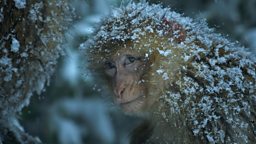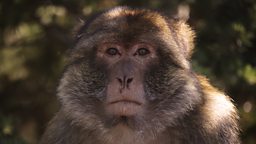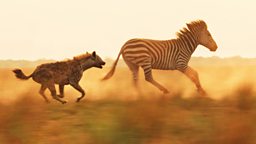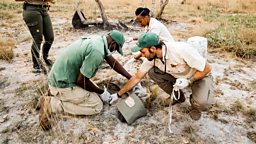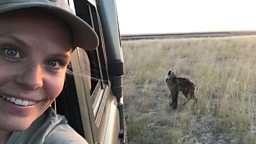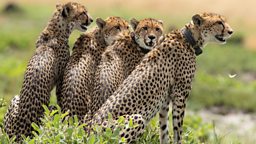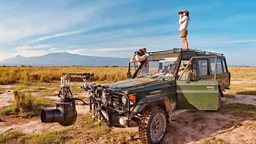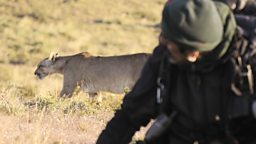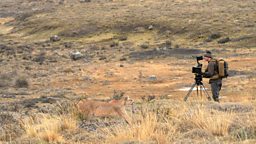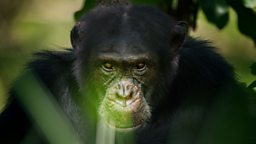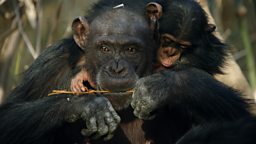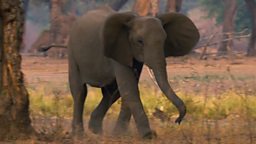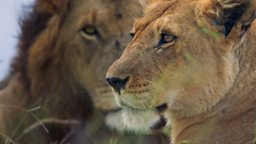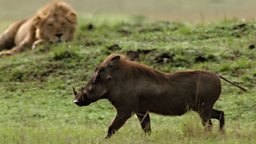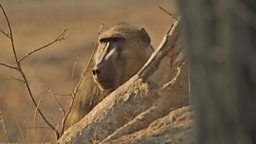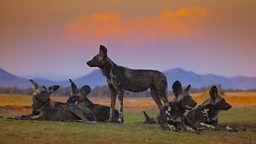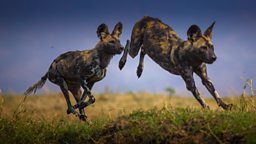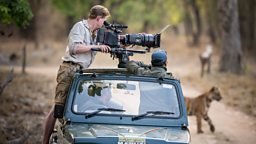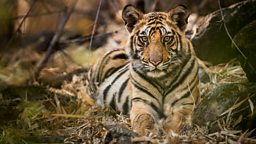The future for lions across Africa
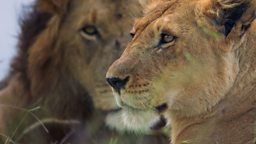
The Africa-wide picture for lions is worrying. Lions are listed as vulnerable on the IUCN Red List. According to conservationists, their numbers have dropped across Africa by nearly half in just the last two decades, with estimates suggesting there are as few as 20,000 animals left in the wild, and less than 2,000 in Kenya. It is estimated that Kenya continues to lose around 100 lions each year, many as a result of conflict with man.
Dr Bhalla and her Ewaso Lions team in Northern Kenya have worked for over a decade to try to return the balance between wildlife and pastoralism that existed in the past.
Conservation groups point out that lions need large territories, but more and more of these are being squeezed, as human populations continue to grow. Increasingly Africa’s savannah grasslands, on which lions depend, are being used for livestock grazing, or being transformed completely to build homes or grow crops. This leads not only to conflict with humans, often when lions take livestock or move through human areas, but the pressure for space can also lead to an increased level of conflict between the lion prides themselves. The most common outcome of conflict with humans is that lions are killed, often through poisoning and shooting.
Conservationist Dr Shivani Bhalla (who featured in the Dynasties: on location section of the film) leads one of a number of organisations in Africa working with local people to promote coexistence between their communities and lions. The ongoing struggle for space is a very complex problem, and one that affects not only lions, but almost all wildlife across the continent. As Dr Bhalla points out, there are no easy solutions because both the animals and people need space.
Dr Bhalla and her Ewaso Lions team in Northern Kenya have worked for over a decade to try to return the balance between wildlife and the pastoralism that existed in the past. Measures include: altering grazing regimes (for example not grazing cattle at night, when most lion attacks take place), engaging people from those communities to become wildlife guardians and offering children a wildlife education experience. Where these practices have been adopted, herders are losing fewer of their livestock to lions, and lions have begun to return to places where they had previously vanished due to persecution.
So far this work has been carried out on a relatively small scale. The challenge they and other conservation bodies face is to find ways of applying this approach right across the huge swathes of this continent where Lions used to thrive.
